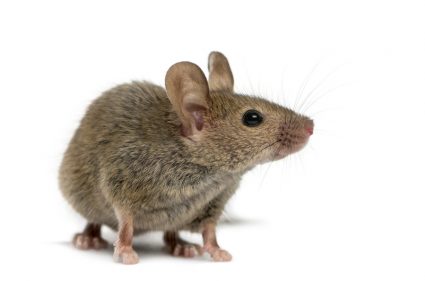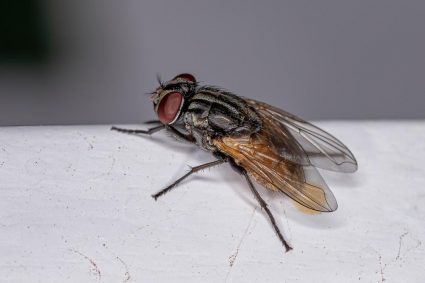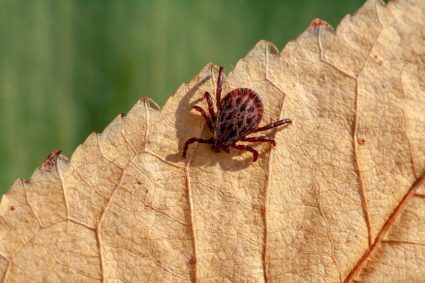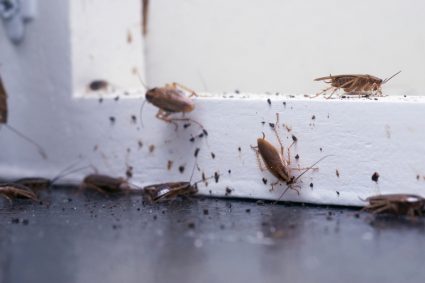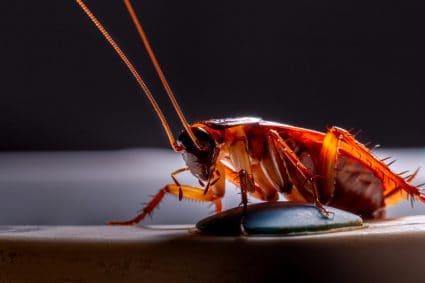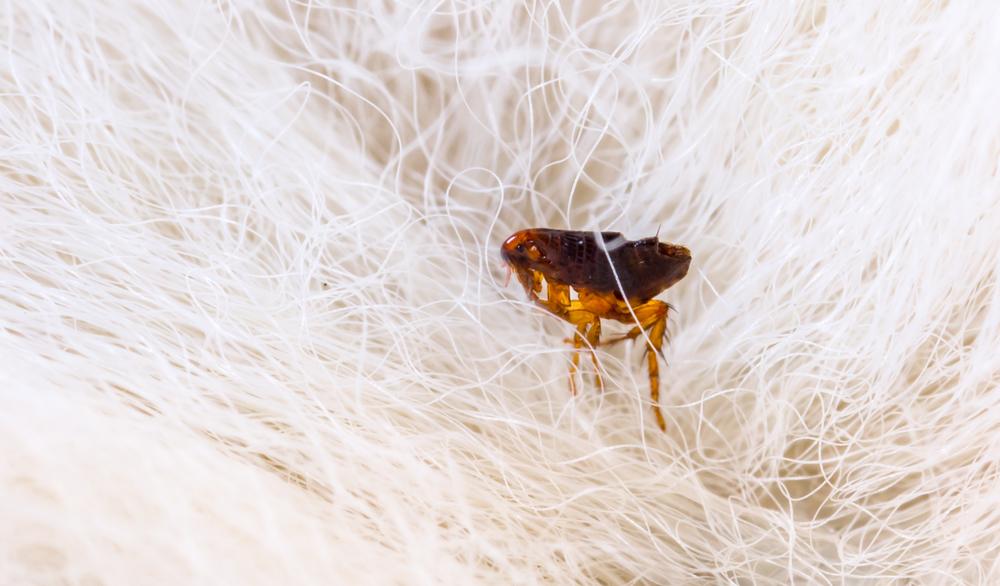
Flea infestations are a common concern for pet owners, and understanding the signs of these pesky parasites is key to keeping your furry friends healthy and comfortable. Two of the most common signs of a flea infestation are flea eggs and flea dirt, but many people often confuse the two or are unsure about the differences. In this comprehensive guide, we will delve into the details of what sets flea eggs and flea dirt apart and how to effectively deal with them.
Flea eggs and flea dirt are both signs of a flea infestation but they are different. Flea eggs are tiny, oval, and off-white, resembling grains of salt, and they represent the beginning of the flea life cycle. Flea dirt, on the other hand, is the feces of fleas, appearing as tiny black specks on your pet’s skin. It’s composed of digested blood and flea waste, and serves as food for newly-hatched flea larvae.
What are Flea Eggs?
Flea eggs are tiny, oval-shaped, and almost microscopic, typically measuring about 0.5 millimeters in length and half as wide, which is roughly the size of a grain of salt. They have a soft shell called a “chorion” and are off-white in color, similar to a grain of salt but more oval in shape. Flea eggs can be easily mistaken for dry skin or sand due to their size and appearance.
To identify flea eggs, you can place a suspected speck on a dark piece of paper under a magnifying glass to observe the characteristically oval shape. Flea eggs are often confused with “flea dirt” or flea feces, which are dark and crumbly.
Flea eggs are usually found in areas where pets sleep, rest, or feed, and they can fall off the pet’s fur into the environment. They are not sticky, so they tend to fall off the host and into carpets, pet bedding, and other surfaces. To eliminate flea eggs, it is essential to treat both the affected pet and the environment. Vacuuming and washing bedding and rugs in hot, soapy water can help reduce flea eggs in the house. Veterinarians can recommend flea treatments for pets that contain insect growth regulators (IGRs) to stop flea eggs from maturing into adults and sterilize female fleas so they can’t lay viable eggs.
What is Flea Dirt?
Flea dirt is the feces of fleas, which is a mix of blood meal and flea waste. It appears as tiny black specks on your pet’s skin. Flea dirt is not just regular dirt, it’s an indication that your pet has fleas. Fleas feed off your pet’s blood and carry diseases that can be transmitted to animals, as well as humans.
Flea dirt can be found on various parts of your pet’s body, but fleas tend to prefer certain spots on your pet. If your pet is scratching themselves or biting at their skin and you suspect they have fleas, you can run a flea comb in the opposite direction that their hair lies to reveal flea dirt or actual fleas on the skin.
To ascertain whether those black specks are indeed flea feces, you can try the ‘wet paper test.’ Take a moistened white paper towel and smear some of the specks on it. If they turn a reddish-brown, it means your pet has a flea infestation.
Flea dirt is a problem because it becomes food for the newly-hatched flea larvae, making it harder for the young fleas to find their next meal. If untreated, fleas can lead to skin irritation, anemia, and even transmit diseases that are dangerous for humans.
To get rid of flea dirt on your pet, a bath is generally the best way to remove the flea dirt immediately from your pet’s skin. Flea sprays designed for the home and yard won’t help with any existing flea dirt on your dog or cat, since flea dirt will need to be washed away in a bath.
The Difference Between Flea Eggs and Flea Dirt
While flea eggs and flea dirt are both signs of a flea infestation, they are distinctly different in their physical characteristics and the role they play in the flea life cycle. Flea eggs are small, oval, and white, while flea dirt is dark, crumbly, and composed of digested blood and flea waste.
Flea eggs are the beginning of the life cycle, eventually hatching into larvae that feed on organic material, including flea dirt. Flea dirt, on the other hand, is essentially the waste product of adult fleas after they’ve had a blood meal.
Conclusion
In conclusion, understanding the difference between flea eggs and flea dirt can help you identify and tackle flea infestations more effectively. Remember, it’s important to treat both your pet and their environment to completely eliminate fleas. Regular vacuuming, washing of pet bedding, and the use of appropriate flea treatments can help keep your home flea-free. If you’re unsure about any aspect of flea control, always consult with a veterinarian for professional advice.
Frequently Asked Questions
How long does it take for flea eggs to hatch?
Flea eggs usually hatch into larvae within 2 to 14 days, depending on the environmental conditions.
Can fleas live in human hair?
Fleas prefer to live on furry animals like cats and dogs, but they may also jump onto humans. However, they cannot live in human hair for a long period because it’s not an ideal environment for them.
Can I use a regular shampoo to wash away flea dirt from my pet?
While regular shampoo may help to some extent, it’s recommended to use a flea shampoo or a medicated shampoo as advised by a veterinarian for better results.
How can I prevent a flea infestation?
Regular cleaning of your home, especially areas where your pet spends most of its time, can help prevent a flea infestation. Additionally, using flea prevention products on your pet as recommended by a veterinarian can also help keep fleas at bay.
Are fleas visible to the naked eye?
Adult fleas are visible to the naked eye, but they are small and fast, making them difficult to spot. Flea eggs and larvae are much smaller and can be difficult to see without a magnifying glass.
Can fleas live in a house without pets?
Yes, fleas can continue to live in a home without pets. Flea eggs can remain dormant for several months under the right conditions, waiting for a suitable host. This is why it’s important to treat your home as well as your pet if you’re dealing with a flea infestation.


